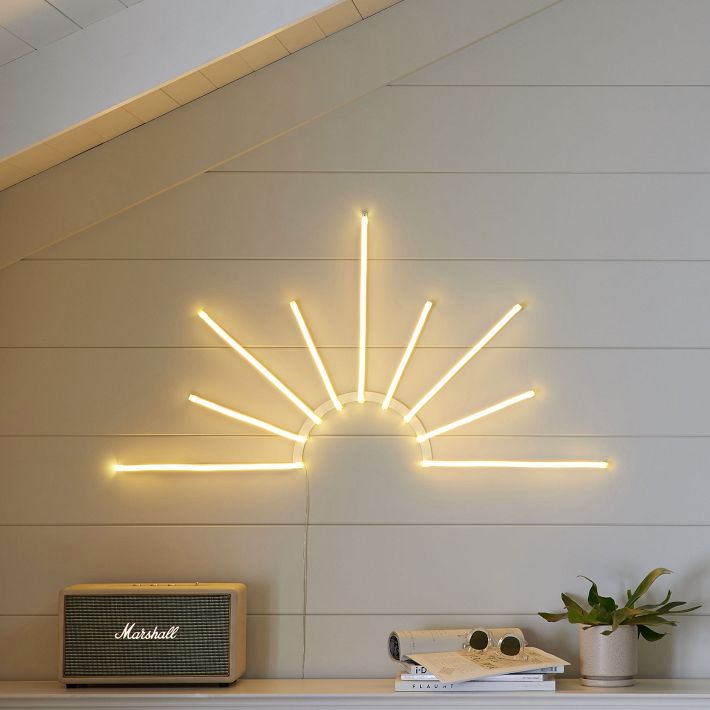Perfecting the Craft of Hue Calibration for Breathtaking Visuals on LED Screens
Wiki Article
Hue tuning is an essential procedure for achieving stunning visuals on light-emitting diode walls. Light-emitting diode screens are commonly used in multiple environments, such as musical events, meetings, and advertising presentations. These walls are made up of numerous tiny light-emitting lights that produce pictures and footage. However, if the colors are not calibrated properly, the images can appear dull or warped. Color calibration ensures that the hues shown on the light-emitting diode screen are precise and lively, improving the overall watching experience.
The initial step in hue calibration is comprehending the color space. Color space refers to the scope of hues that can be displayed on a screen. Different equipment, such as cameras and monitors, may use varied color spaces. Common color spectra include sRGB, Adobe's RGB, and Digital Cinema Initiatives P3. Understanding which hue spectrum the light-emitting diode screen uses is crucial for accurate calibration. This knowledge helps in adjusting the colors to align the intended output, ensuring that the images look as they were meant to be viewed.

Subsequently, using a hue calibration device is vital for achieving precise outcomes. These tools can be hardware devices or software applications designed to assess and adjust colors. A color measurement device is a commonly used physical tool that assesses the colors shown on the light-emitting diode screen. It offers information on how the hues look compared to the reference values. By using this data, adjustments can be made to the LED screen configurations, such as brightness, contrast, and color balance. This process assists in aligning the displayed colors with the desired here are the findings color standards.
Another important factor of color calibration is ambient illumination evaluation. The lighting in the surroundings where the LED wall is situated can greatly affect how hues are seen. For instance, bright surrounding illumination can dull hues, making them look less vibrant. Therefore, it is essential to evaluate the illumination conditions before calibrating the LED screen. Adjustments may need to be made to the screen's brightness and differentiation settings to counter for the surrounding light. This guarantees that the hues stay bright and true to their desired look.
In conclusion, routine maintenance and recalibration are necessary to maintain the light-emitting diode screen performing at its best. Over time, the hues on the LED screen may drift due to factors like aging parts or variations in the surroundings. Consistently scheduled tuning assist to preserve hue accuracy and uniformity. It is also beneficial to keep a record of calibration settings and results. This documentation can assist in spotting patterns or issues that may arise, enabling for prompt adjustments. By focusing on color tuning, users can ensure that their light-emitting diode screens deliver breathtaking visuals that captivate audiences.